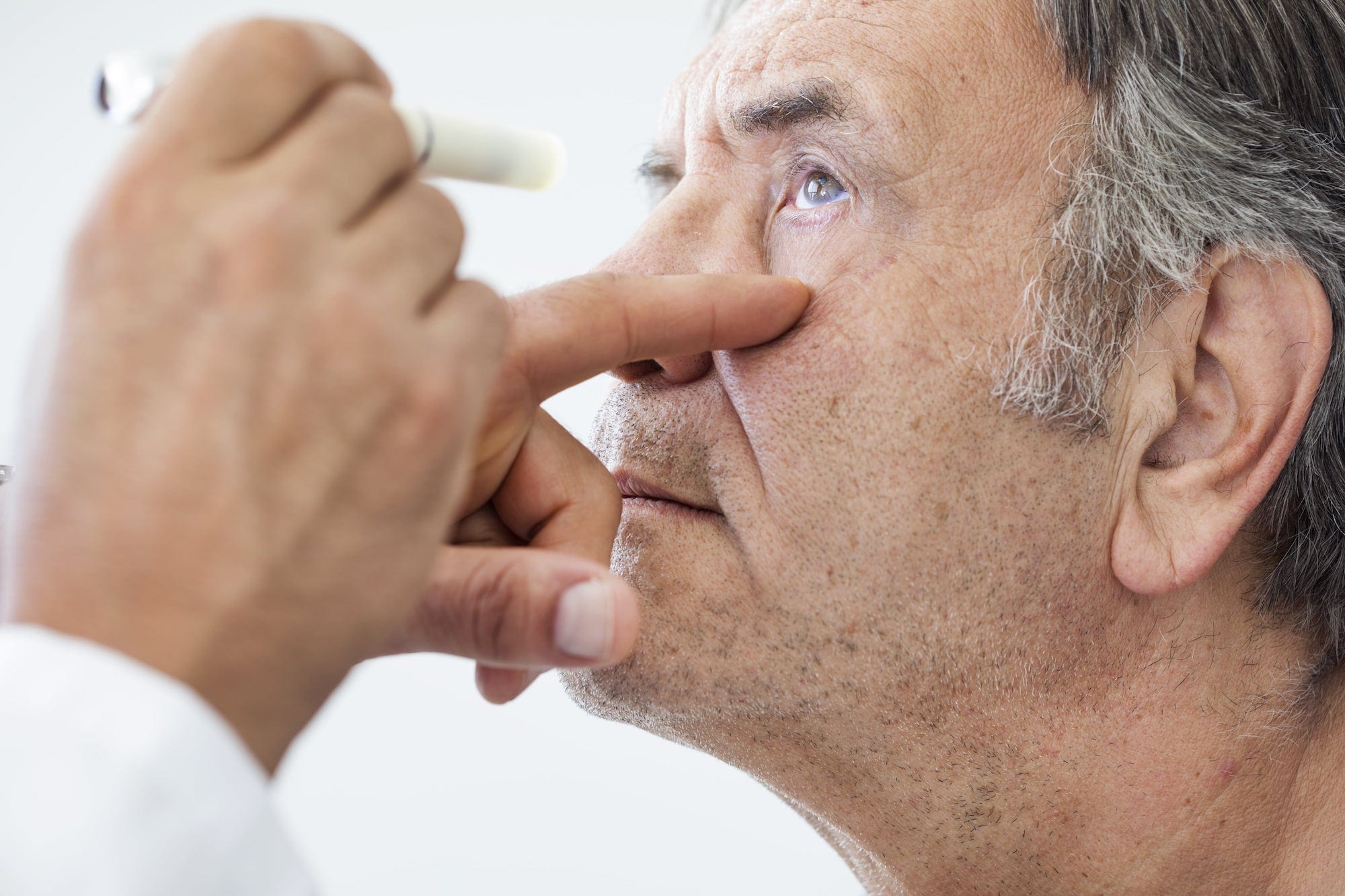Not only is glaucoma a complicated disease, understanding what it is and how we get glaucoma is not widely understood. In its early stages, glaucoma has few easily detectable symptoms. It can affect anyone, but is found more often in the elderly or those with a family history.
Over a half million people in the United States alone have glaucoma but don’t know it. To increase awareness about the disease, we need to know what we’re talking about, right?

The following information is designed to increase your knowledge through a broad overview about glaucoma. Since this is a complicated disease, let’s break down the parts of the eye to learn how they interact with each other to better understand what causes glaucoma.
Eye Ball
Your eye is a circular ball that is completely coated with a durable, white lining known as the sclera. The white part of your eye, that you see in the mirror, is referred to as the sclera covering.
Conjunctiva
The conjunctiva, a transparent and sensitive membrane casing, wraps the sclera to protect it.
Iris
The iris, in the front part of your eye, is the colored (green, blue, brown) section. The iris’ job is to expand and contract to provide the pupil with the ability to allow just the right amount of light into the eye.
Cornea
An extra layer of transparent protection covering the iris is called the cornea. The cornea allows an image to enter your eye.
Retina
The retina is located at the back of your eye and receives the necessary amount of light from the iris. The retina contains a nerve membrane, called the optic nerve, that passes the light and the image to a section of your brain.
Anterior Chamber Fluids
The anterior chamber refers to the front section of your eyeball that contains clear fluid. This fluid is not related to your tears. The proper circulation of the fluid, including production and drainage, is critical to the continual cleansing and nourishment of different parts of your eye. The eyes’ fluid system is like running a bath. The fluid production is the water put into the tub, and the eye’s drainage passages are like the drain out of the tub.
Glaucoma
If the fluid within the anterior chamber has difficulty draining (too slow) from the eye, it leads to fluid buildup that increases the pressure in the eye. If this is not diagnosed early, the buildup will continue to affect the other parts of the eye and can result in irreversible blindness.
Since there are little to no symptoms related to glaucoma, it is extremely important that you have an annual eye exam by a board-certified ophthalmologist who has a thorough knowledge of diagnosing and experience in treating glaucoma.
At Florida Eye Specialists and Cataract Institute, our doctors are skilled at measuring the pressure inside your eyes as a regular part of your eye exam. This quick, easy and painless test can save your sight. We also have the latest instruments and technology to make the tests easier and more accurate.
If you are scheduling your next eye exam, consider visiting one of our highly-skilled ophthalmologists. Our doctors work together for the total health of your vision!



